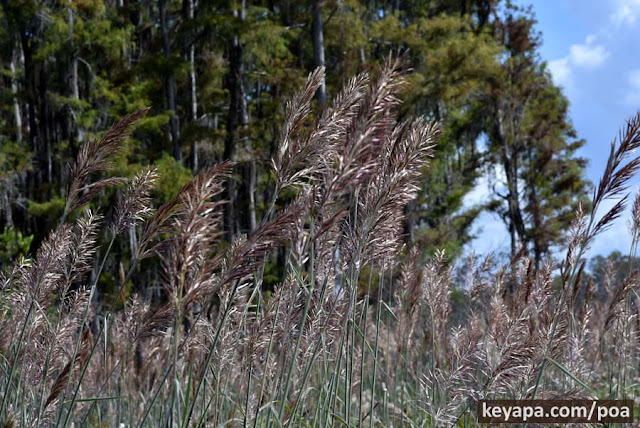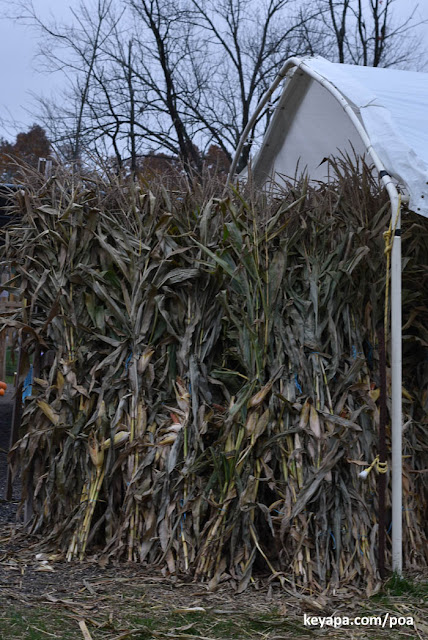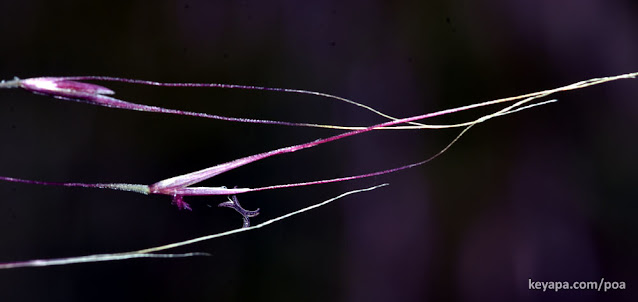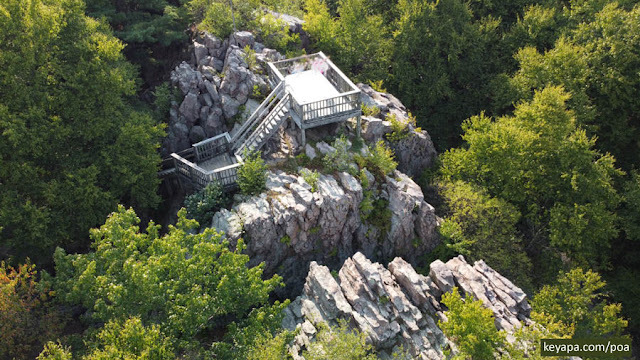There are vast areas of the world where cold temperatures create problems for plants.
Such "cold stress" happens when temperatures that are below what are optimal for plants creates physiological problems for the individual plants. Depending on the species, optimal growing conditions usually hovers between 10℃ and 30℃.
There are two types of cold stress, depending on the temperatures involved.
Chilling refers to cold stress where the temperatures range between 0℃ and 15℃, whereas freezing refers to cold stress where the temperatures are below freezing (0℃).
In the case of freezing, plants can respond via two different methods. Freezing avoidance is when the plant is able to delay or even prevent freezing altogether in their tissues. In contrast, in freezing tolerance, the plants do not prevent ice crystal formation, but they avoid damage by controlling the size of the crystals and/or where the crystals are formed. Freeze-tolerant plants can survive even freezing of their tissues, and represent the extreme adaptation to conquering the cold over long time periods.
 |
Deschampsia antartica (c) Lomvi2 - Wikipedia
|
Grasses initially evolved as tropical plants that loved the warmth. But over time, the grasses have managed to adapt to the cold and have become the most widespread vascular plant family, and present in all continents. Indeed, the grass
Deschampsia antartica is only one of two vascular plants that are native to Antarctica, and its optimal growing temperature is an amazing 10℃!
Freezing can kill grasses via the formation of ice crystals. At first, ice crystals form in the extracellular spaces between cells, which causes water to be pulled from the cell interior. The loss of intracellular water (and later solutes) results in dehydration and osmotic stress. As ice crystals continue to form into the interior of the cells, the cell membranes start to degrade and programmed cell death occurs.
The evolution of the ability to tolerate freezing in the Poaceae is fascinating, and is confined mostly to species in two different subfamilies of the Poaceae. Grasses in the subfamilies Pooideae (in the Northern Hemisphere) and Danthonioideae (in the Southern Hemisphere) live in cold temperate continental regions, and they have solved the problem in two different ways.
 |
| Hordeum jubatum of the subfamily Pooideae (Northern Hemisphere) |
The grasses in subfamily Pooideae in the Northern Hemisphere all use the C3 mode of photosynthesis, and are commonly called the cool season grasses. They include many turf grasses (such as Poa pratensis or Kentucky Bluegrass), as well as food staples such as Triticum aestivum (wheat), Avena sativa (oat), and Hordeum vulgare (barley).
The ancestors of the Pooideae evolved about 67 million years ago in small niches during the formation of the Eurasian mountain ranges. In this group, ice binding proteins evolved which decreased the rate of the formation of ice, as well as altering the shape of the ice crystals being formed. These anti-freeze proteins prevent the formation of large crystals that can physically damage cells and tissues.
 |
| Cortaderia selloana from the subfamily Danthonioideae (Southern Hemisphere) |
In contrast, cold-acclimated grasses from the subfamily Danthonioideae in the Southern Hemisphere have evolved a different method for conquering the cold. The members of this group are also C3 grasses, and include the large ornamental grass Cortaderia selloana (Pampas grass). The freeze tolerant members of this subfamily produce ice-nucleation proteins that allow them to control where ice crystals form. Thus, they can prevent damage by limiting crystal formation in the extra-cellular spaces and the leaf surfaces, but not within the cell interiors.
The independent evolution of such mechanisms by the Danthonioideae and Pooideae to tolerate freezing have enabled grasses to dominate large areas where there are extreme seasonal fluctuations in temperature, and contributed to the grassy world we live in today.
As an interesting aside, at the other end of the temperature spectrum, C4 grasses such as those in the grass subfamilies Chloridoideae and Andropogoneae - which include corn/maize (Zea mays), the bluestems (Andropogon spp), sugarcane (Saccharum officinarum), and cogon grasses (Imperata cylindrica) - have extended the range of environments conquered by the Poaceae to much warmer and drier climes.
For a quick look at the difference between C3, C4 and CAM photosynthesis in grasses, click here.
 |
| Muhlenbergia sericea of the subfamily Chloridoideae, a C4 grass |
Finally, to read more about the fascinating topic of cold adaptation in grasses in depth, check out the references below.
Note: In addition to the specialized mechanisms of freezing tolerance above, grasses can deploy other additional mechanisms for coping with the cold that are beyond the scope of this shirt post, such as accumulating fructan in their vacuoles, using supercooling (for shorter cold spells), and increasing anti-oxidant enzymes.
 |
| Phalaris arundinacea of the subfamily Pooideae |
References:
Timothy J. Gallaher, T. J. Gallaher, Paul M. Peterson, P. M. Peterson, Robert J. Soreng, R. J. Soreng, Fernando O. Zuloaga, F. O. Zuloaga, De-Zhu Li, D. Li, Lynn G. Clark, L. G. Clark, Christopher D. Tyrrell, C. D. Tyrrell, Cassiano A.D. Welker, C. A.D. Welker, Elizabeth A. Kellogg, E. A. Kellogg, & Jordan K. Teisher, J. K. Teisher. (2022). Grasses through space and time: An overview of the biogeographical and macroevolutionary history of Poaceae. Journal of systematics and evolution, 60, 522-569. doi: 10.1111/jse.12857
Schubert M, Humphreys AM, Lindberg CL, Preston JC, Fjellheim S. 2020. To coldly go where no grass has gone before: A multidisciplinary review of cold adaptation in Poaceae. In: Annual Plant Reviews online.Wiley.523–562.































